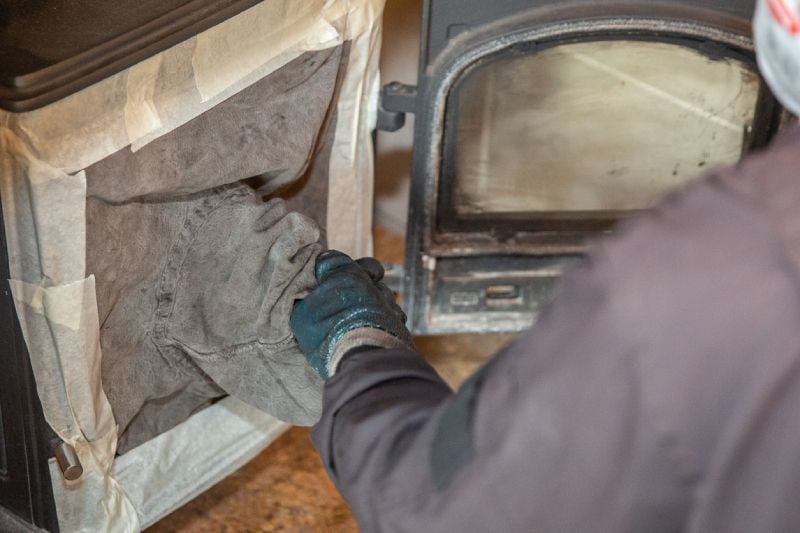A Manual for Cleaning and Repairing Your Wood-Burning Cook Stove
)
Any home benefits from the warmth, ambiance, and nostalgic feel that a wood-burning cook stove provides. It not only gives off pleasant heat, but it also enables you to cook delectable dishes. To maintain the best performance and longevity, however, adequate maintenance is essential, just as with any other device. We will delve into the world of wood burning cook stove maintenance and troubleshooting in this blog. These recommendations will help you maintain the best possible condition for your stove and solve typical problems that can crop up along the road.
Continual Inspection and Cleaning
Regular cleaning and inspection are crucial for keeping your wood burning cook stove safe and operating well. As the buildup of ash might obstruct appropriate airflow, start by clearing away any debris and ashes from the firebox. To wipe out nooks and get rid of any loose soot, use a small brush or vacuum made specifically for cleaning stoves. Check the stove's inside for any signs of damage or wear, such as cracks, corrosion, or loose seals, and take immediate action if necessary. The exterior of the stove may be kept looking good by giving it a gentle wash with water and a little detergent.
Maintenance of Chimney and Flue
A wood-burning cook stove needs a chimney and flue in order to operate properly. To remove creosote accumulation and guarantee proper draft, arrange for a professional chimney sweep to assess and clean your chimney once a year. Make sure the flue damper opens and shuts smoothly by regularly inspecting it. Keep an eye out for anything that can restrict adequate ventilation, such as leaves or animal nests, on the chimney cap. In addition, check the chimney for any indications of deterioration, such as cracks or loose bricks, and make the necessary repairs right once.
Managing creosote
The natural result of burning wood, creosote, can build up inside the chimney and flue. Unchecked, it might cause a fire, which is dangerous. Burning only wood that has been well-seasoned and has a low moisture content will help prevent creosote development since damp or unseasoned wood produces more creosote. Avoid overly blocking the air vents as this causes incomplete combustion and more creosote to accumulate. To aid in the breakdown of existing creosote deposits, take into account employing creosote logs or additives as instructed by the manufacturer. A skilled chimney cleaner should clean your chimney regularly to remove built-up creosote and reduce the risk of chimney fires.
Issues with the draft and smoke leakage
With wood-burning cook stoves, inadequate ventilation and smoke leakage can be frequent problems. Ineffective draft prevents burning efficiently and lets smoke backflow into your house. To ensure proper airflow, make sure the damper is fully open while in operation. Examine the flue for obstacles, like as nests or debris, and remove them if necessary. If the stove's door or other parts continue to leak smoke, check the gaskets and seals for wear and tear and replace them as necessary. Additionally, check the stove's body for any holes or flaws that can allow smoke to flow out.
Taking Care of Regular Operational Issues
Cook stoves that burn wood occasionally experience operational problems, but these are usually simple to fix. Make sure you are using dry kindling and small pieces of well-seasoned wood if you have trouble lighting a fire. Use a fire starter or newspaper to help the fire start if it takes a while. The use of moist or large wood or poor air management can also contribute to inconsistent heat output. To attain the necessary heat output, experiment with various air vent settings and utilize logs of the proper size.
You can make the most of the warmth and advantages of your wood-burning cook by adhering to these maintenance and troubleshooting suggestions. Contact Northern Cookstoves if you have any inquiries concerning wood cook stoves.
| Tags:NewsCook StovesWood Cookstove Safety |



